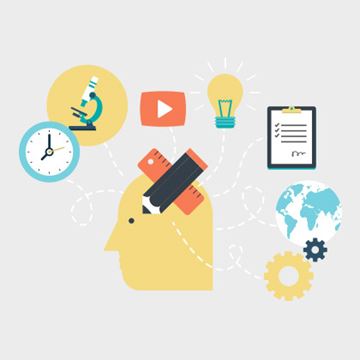Search
Products tagged with 'analysis'
View as
Sort by
Display
per page
Building Wall and Coating Condition Evaluation
Product Number:
41214-810-SG
Publication Date:
2014
$20.00
Control of Welding Rejection Rate and NDT Backlog in MEGA Project
Product Number:
MPWT19-15302
Publication Date:
2019
$0.00
Development of Self-healing Coatings by Linseed Oil Encapsulation
Product Number:
51218-169-SG
Publication Date:
2018
$20.00
Microbiologically Influenced Corrosion by General Aerobic and Anaerobic Bacteria in Oil & Gas Separators
Product Number:
51320-14365-SG
Publication Date:
2020
$20.00
NACE SP0775-2023, Preparation, Installation, Analysis, and Interpretation of Corrosion Coupons in Hydrocarbon Operations
Product Number:
NACE SP0775-2023
Publication Date:
2023
$109.00
Primer For The Inspection, Testing, And Analysis Of Electrically Continuous Reinforced Concrete Structures
Product Number:
51322-17514-SG
Publication Date:
2022
$20.00
Soluble Salt Contamination: Testing and Cleaning before Coating
Product Number:
51324-20827-SG
Publication Date:
2024
$40.00








